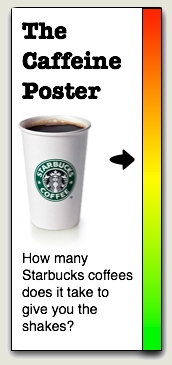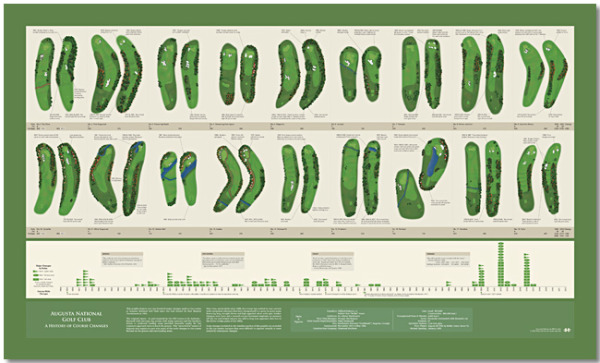The Rise of the Slacktivist
Ever had this feeling that you were a Slacktivist? Well wonder no more! The Rise of the Slacktivist infographic from sortable.com will put a rest to all your questions!
Is there any value in a Slacktivist? Can 500,000 people on twitter actually change something? Is hitting the streets and protesting the only real way to cause social change? Sortable takes a look at the rise of slacktivism, and the power this movement has.
This design does a good job of telling a story to the reader that is easy to understand in a linear fashion top-to-bottom. It starts with the background of “What is a Slacktivist,” then shares a number of behavioral stats about Slacktivists, a few successful Slacktavist campaigns and finally the “10 Signs you might be a Slacktivist” is a self-check for the readers.
The illustrations are mostly relevant, and the overall design isn’t too crowded with information. I don’t understand some of uses of the social media icons, like why is Twitter representative of volunteering and Facebook representative of taking part in events? They missed the opportunity to visualize some of their data point too, like the Red Cross stats related to the Haiti earthquake. Even at least an illustration of five days on a calendar would help.
Even though there are a lot of Sources, they were thorough and correctly included them in the infographic design. They are also listed on the landing page, but none of that text gets carried along when someone reposts the infographic.
The bottom of the design is missing a copyright statement, and it would be nice to give the designer credit. Readers are generally more receptive to a design when the designer is mentioned because it comes from somebody and not just a corporation.
Thanks to Brenden for sending in the link!
 history,
history,  online,
online,  social media,
social media,  twitter,
twitter,  web
web 

















